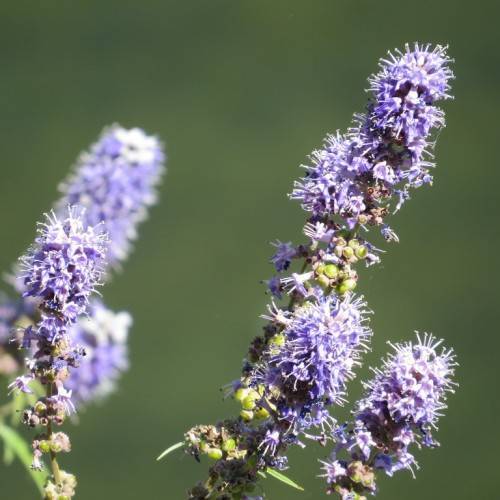
lilac chastetree
Vitex agnus-castus
Cycle:
Perennial
Watering:
Average
Hardiness Zone:
6 - 9
Flowers:
Flowers
Sun:
Full sun
Fruits:
Fruits Ready In Fall
Leaf:
Yes
Growth Rate:
Low
Maintenance:
Moderate
Care Level:
Medium
watering
The Lilac Chastetree is a low-water species of plant. It requires just 1 to 2 irrigation intervals per week in the summertime, while experienced gardeners may only need to water it once. During the winter, the Lilac Chastetree may only require a watering every month or 2. Make sure to always check the soil for moisture before watering as soggy soil can cause root rot and eventually kill the plant. And when you do water, let the water thoroughly soak all the way down to the roots.
sunlight
Lilac chastetree (Vitex agnus-castus) prefers full sun but can tolerate some partial shade. The plant should receive 6 to 8 hours of direct sunlight each day for healthy growth. In hotter climates, some afternoon shade may be beneficial. Additionally, since lilac chastetree perform better when planted in warmer soils, placing the plant in areas that provide direct sun in the morning and partial shade in the afternoon is optimal.
pruning
Lilac chastetree (Vitex agnus-castus) should be pruned in late winter or early spring. Heavy pruning should be done sparingly, as this species does not require large amounts of pruning to stay healthy and attractive. Prune out any dead, damaged, or diseased branches first, followed by light shaping of the canopy. Avoid severe pruning, as this will cause the growth of multiple, weak shoots which will not support significant fruits or flowers.
